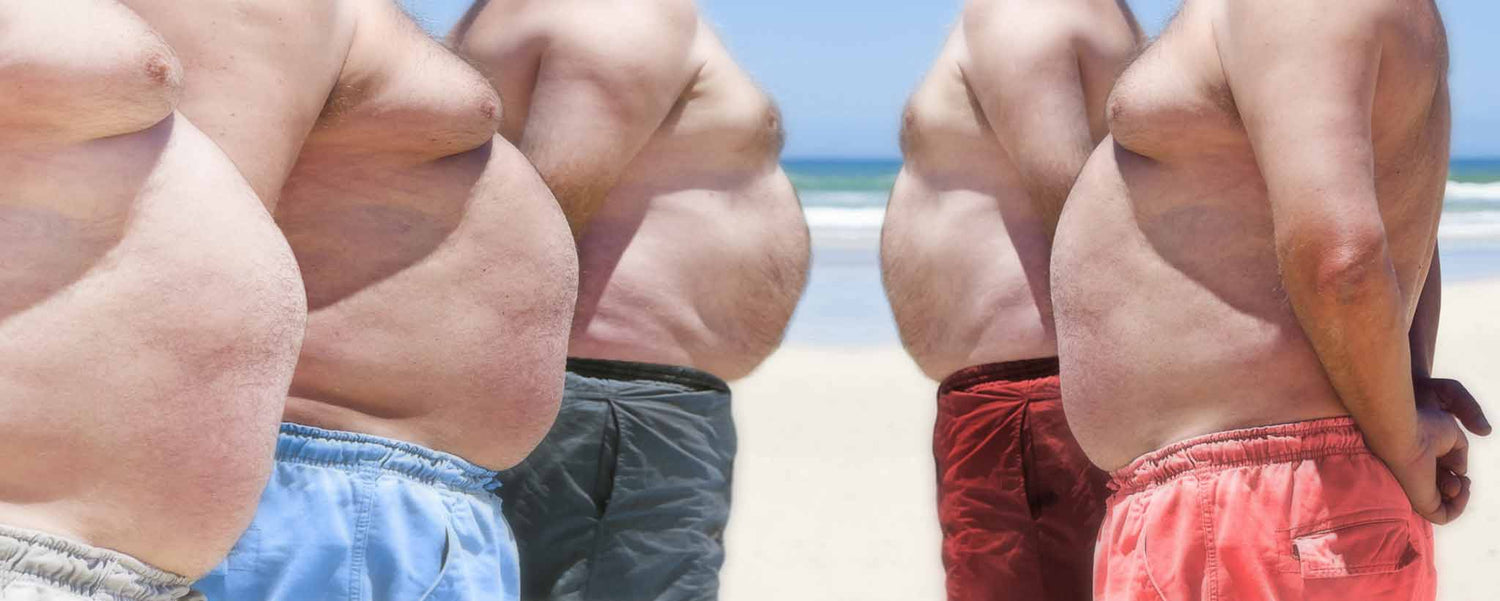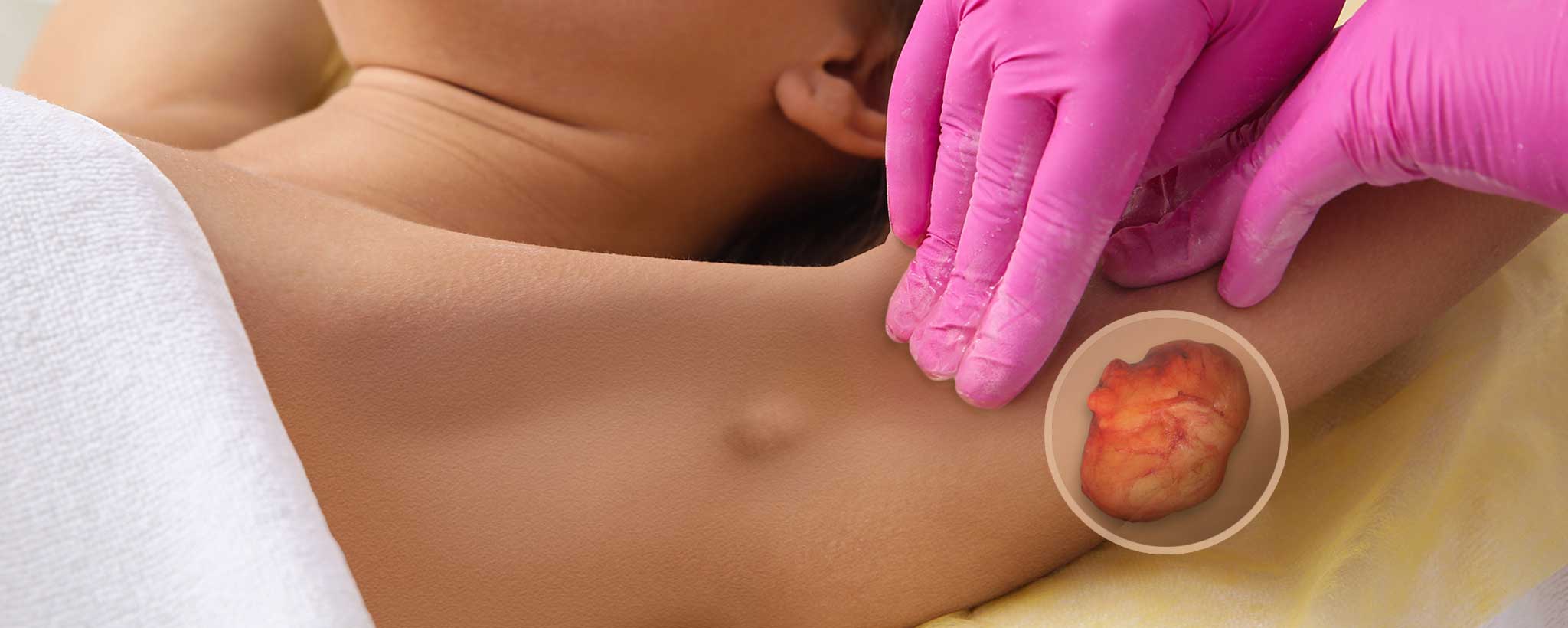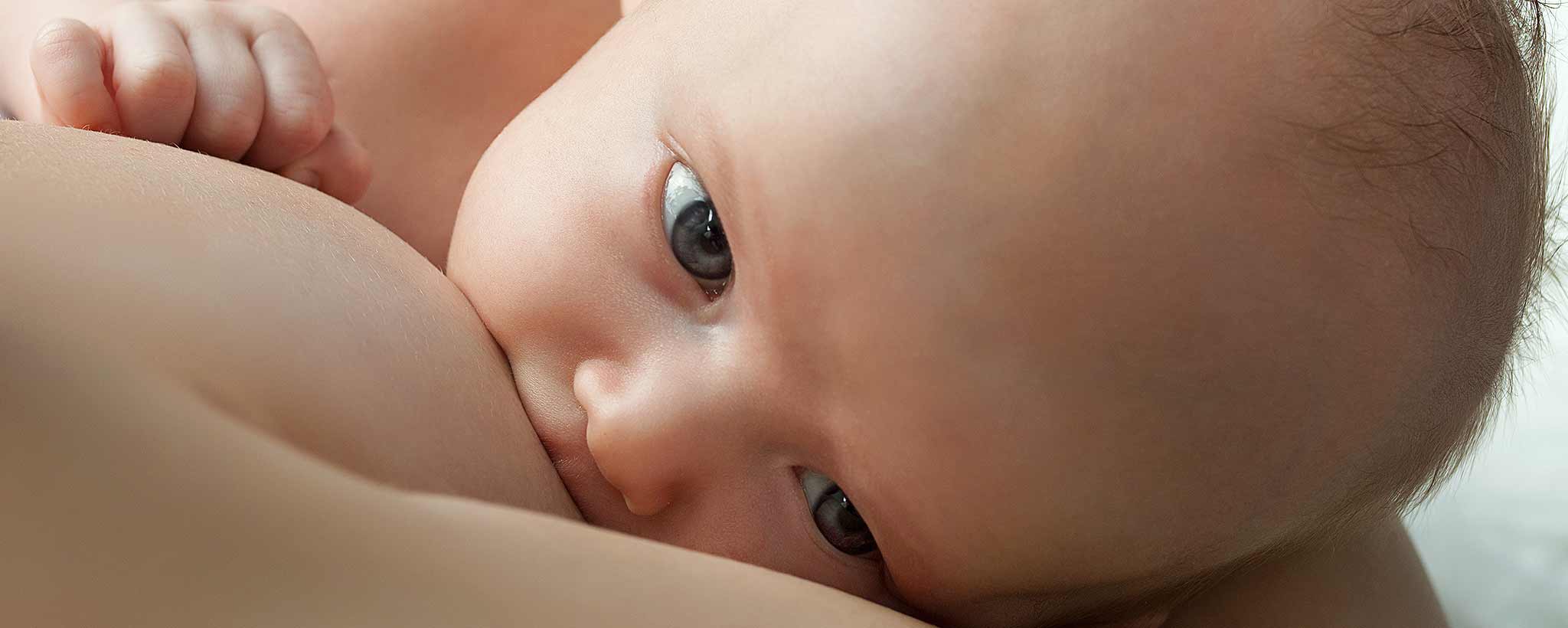An obesity epidemic has made fatty liver disease (steatosis) common, particularly among middle-aged Americans, though this health condition may also affect children and young adults.
Fatty Liver Disease Profile
When metabolism slows and physical activity lessens, weight gain is typical as people enter their 50s—particularly around the midsection. However, our attention focuses on something more profound than a few inches above the waistline.
Traversing nutrition, gastroenterology, endocrinology, and internal medicine, a gastroenterologist is the primary specialist treating fatty liver disease. Doctors diagnose two categories of steatosis: Alcoholic fatty liver disease (AFLD) and nonalcoholic fatty liver disease (NAFLD). Major risk factors include obesity, type 2 diabetes, heredity, and overconsumption of alcohol.
Rapid weight loss and poor eating habits may lead to NAFLD. Malnutrition and micronutrient (including protein) deficiencies are common among those with liver diseases. However, some people develop NAFLD even if they do not have any risk factors.
NAFLD affects up to 25% of people in the United States. Untreated NAFLD can progress to a more severe form called Non-Alcoholic Steatohepatitis (NASH), with the potential for developing cirrhosis and liver cancer.
As the name implies, fatty liver disease is a result of too much visceral fat stored within the liver. (Other organs like your pancreas, stomach, and intestines may accumulate visceral fat.) Generally, a benign condition, it usually causes no symptoms.
When symptoms do occur, they include fatigue, weight loss, and abdominal pain. You may experience a restricted range of motion. Bending forward can feel like your abdomen is full of bubble wrap.
Unlike visceral fat, subcutaneous fat, located right beneath the skin, can be measured with calipers to determine your body fat levels. Although this type of fat does not present health risks, it does affect your appearance. Subcutaneous fat may not respond to positive changes in exercise and diet, but it can be removed with liposuction.
Performing secondary endocrine functions, the liver synthesizes and secretes at least four important hormones:
- Angiotensinogen
- Betatrophin
- Hepcidin
- Thrombopoietin
Too much visceral fat can interfere with how your liver functions and interrupt everyday hormonal communications between vital organs. This can lead to insulin resistance (the beginning of diabetes), high blood pressure, high cholesterol levels, and a higher risk of developing heart disease.
In a minority of patients, fatty liver disease may progress to liver failure (cirrhosis). A cirrhotic liver can resemble overcooked meat, rendering it useless.
Most liver cysts are found incidentally on imaging studies that may be ordered for other reasons. Liver cysts (hepatic cysts), detected in 4–7% of the population, can be asymptomatic, with just a few requiring no treatment. When numerous or very large, cysts may cause pain or discomfort in the upper right abdominal region. They can be empty or fluid-filled (hydatid).
Complications and Causes
Patients with hydatid cysts should receive treatment to prevent complications of cyst growth and rupture. Simply removing the fluid from the cyst with a needle is not effective because the cyst fills up again within several days. The preferred treatment is to remove a large portion of the cyst wall.
Consuming soft drinks can increase the prevalence of NAFLD independently of metabolic syndrome. During regular soft drink consumption, fat accumulates in the liver as a primary effect of fructose. This increases lipogenesis.
Diet soft drinks, by the addition of aspartame sweetener and caramel colorant, are rich in advanced glycation end products. These potentially increase insulin resistance and inflammation. Fortunately, dangerous visceral fat may be somewhat easy to lose if you have a balanced diet, rest regularly, and exercise for 35 to 60 minutes daily.
When alcohol is the cause and AFLD is discovered early, abstinence can reverse some of the effects. Suppose you have been drinking more than 60 grams (2 ounces) of alcohol per day for a while. In that case, chances are you already have alcoholic fatty liver disease. Hypoechoic and hyperechoic—if numerous, they are likely to be metastatic. Anechoic lesions are hepatic cysts (fluid-filled sacs) or cystic lesions.
Nonalcoholic steatohepatitis, a potentially serious form of NAFLD, is marked by liver inflammation or swelling, which may progress to scarring and irreversible damage. There are no medical treatments yet for NAFLD.
The majority of liver cysts are benign, but all cancers can produce malignant cysts. Cystic tumors are abnormal masses that have the potential to become malignant. Benign cystic tumors are called cystadenomas; their malignant counterparts are called cystadenocarcinomas.
Treatments
Statins are often underused in patients with non-alcoholic fatty liver disease. Many physicians are concerned about the prescription of statins to patients with active liver disease because of their adverse effects.
The risks of not taking statins may outweigh the risks of taking the drug. Conversely, the usefulness of statins for the treatment of NAFLD is still a matter of debate.
Eating a healthy diet and exercising regularly may help prevent liver damage from starting or reverse it in the early stages. Try consulting with a nutritionist and joining a gym as favorable options.
Fatty liver can be detected with blood tests and confirmed by ultrasound. October is Liver Disease Awareness Month. Obtain a poster detailing The Liver function from our online store.
To support the writing of scholarly articles about gastroenterology, ClinicalPosters sells human anatomy charts, scientific posters, and other products online. You may sponsor specific articles, become a ClinicalNovellas Member, or remit a small donation.
ClinicalPosters sells human anatomy charts, scientific posters, and other products online to offset expense of the writing useful articles about gastroenterology. Slide extra posters into DeuPair Frames without removing from the wall.
Show your support by donating, shopping for ClinicalPins, becoming a ClinicalNovellas Member, or leaving an encouraging comment to keep the research going.
To support the writing of useful articles about gastroenterology, ClinicalPosters sells human anatomy charts, scientific posters, and other products online. You may sponsor specific articles or remit a small donation.
ClinicalPosters sells human anatomy charts, scientific posters, and other products online to offset expense of the writing useful articles about gastroenterology. Slide extra posters into DeuPair Frames without removing from the wall.
ClinicalPosters sells human anatomy charts, scientific posters, and other products online. You may remit a small donation or become a ClinicalNovellas Member.
You can support the writing of useful articles about gastroenterology by sponsoring specific articles, becoming a ClinicalNovellas Member, or remitting a small donation. Visible content is optimized for device size.








 Romance & Health Intertwine. Fall in love with a captivating romance miniseries that explores the essence of well-being. Become a ClinicalNovellas member for heartwarming tales.
Romance & Health Intertwine. Fall in love with a captivating romance miniseries that explores the essence of well-being. Become a ClinicalNovellas member for heartwarming tales.





